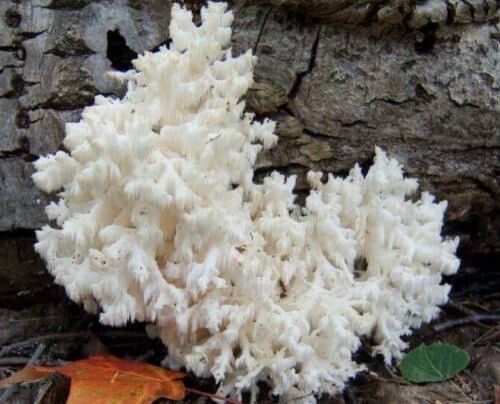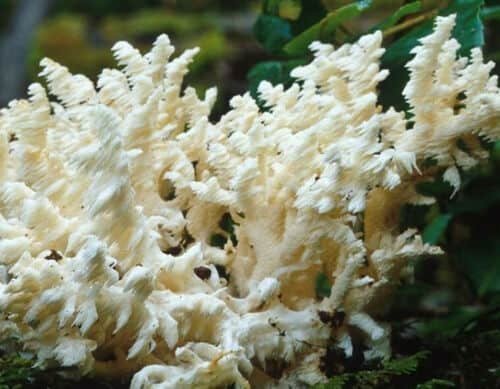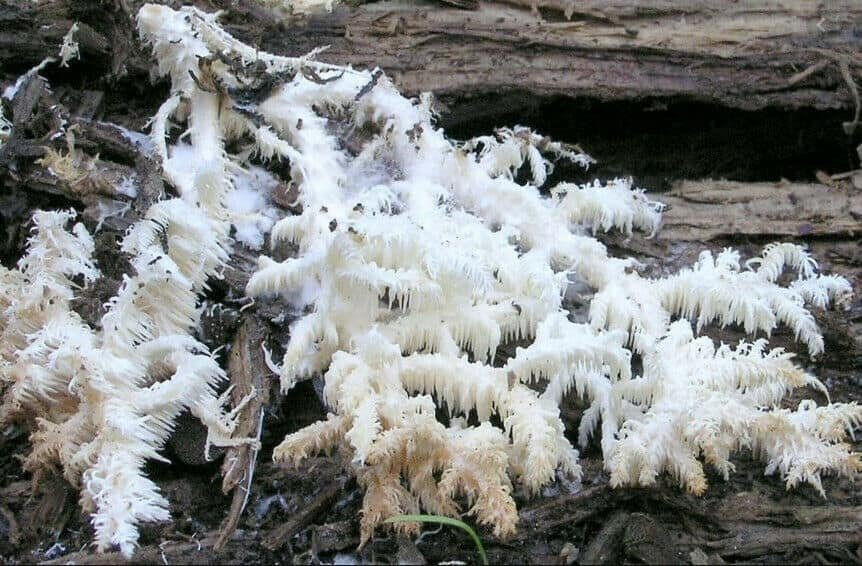


Introduction
Coral Tooth Fungus (Hericium coralloides) looks like someone dropped a tiny, snowy coral reef onto a fallen log and said, “Yep, that belongs in a forest now.”
It’s a cousin of the famed Lion’s Mane, but with a fantastically branchy personality—think fireworks frozen mid-sparkle.
In the kitchen and the lab, this species is increasingly catching attention: subtle seafood-like notes for chefs, and intriguing bioactive compounds for researchers.
Also, it’s extremely photogenic. Your camera roll has been warned.
Nutritional Value
- Lean & light: Like most gourmet mushrooms, it’s low in calories and fat.
- Fiber & protein: A friendly combo to keep you full and your gut microbiota cheering.
- Micronutrients: Trace minerals and B-vitamins common to culinary fungi (actual levels vary with substrate and habitat).
Translation: you can sauté a heroic portion and still feel like a nutritional saint—especially if you don’t drown it in butter. (But we won’t judge.)
Medicinal Properties
Hericium species are studied for a range of potential benefits—antioxidant capacity, immune modulation, and neuro-supportive compounds are frequent headlines.
While H. coralloides is less famous than Lion’s Mane (H. erinaceus), it’s from the same extended family reunion. Early and in-vitro research is promising but not a substitute for medical advice.
If your doctor asks where you got your health tips, please don’t say “a mushroom with great hair.”
How to Use It
- Sauté simply: Tear into bite-sized fronds; quick sauté with garlic. The delicate texture shines.
- Broth booster: Simmer in ramen or miso for a light, ocean-adjacent aroma—without any fish.
- Dry & powder: For experiments in soups, sauces, or future capsule blends.
- Pairing tip: Lemon zest, parsley, and a whisper of white wine turn “nice” into “chef’s kiss.”
Foragers’ note: Always be 100% certain of ID and local regulations; when in doubt, leave it out (or cultivate it!).
Podcast about this wonderful mushroom
Prefer to listen? Enjoy our short podcast segment below:
https://youtu.be/MltJQNs16Xw

